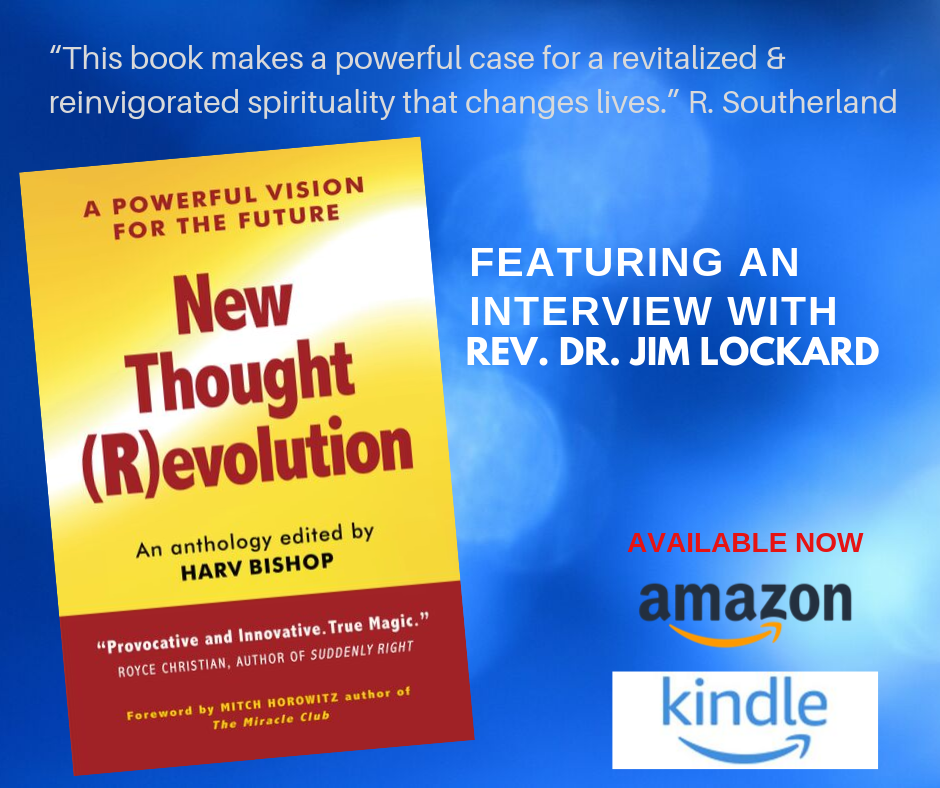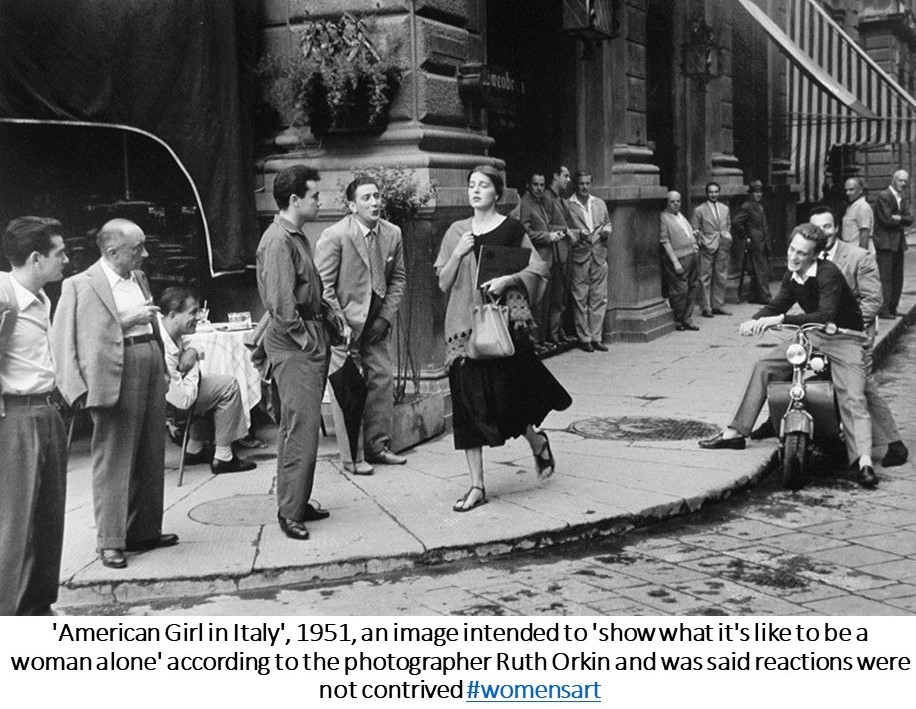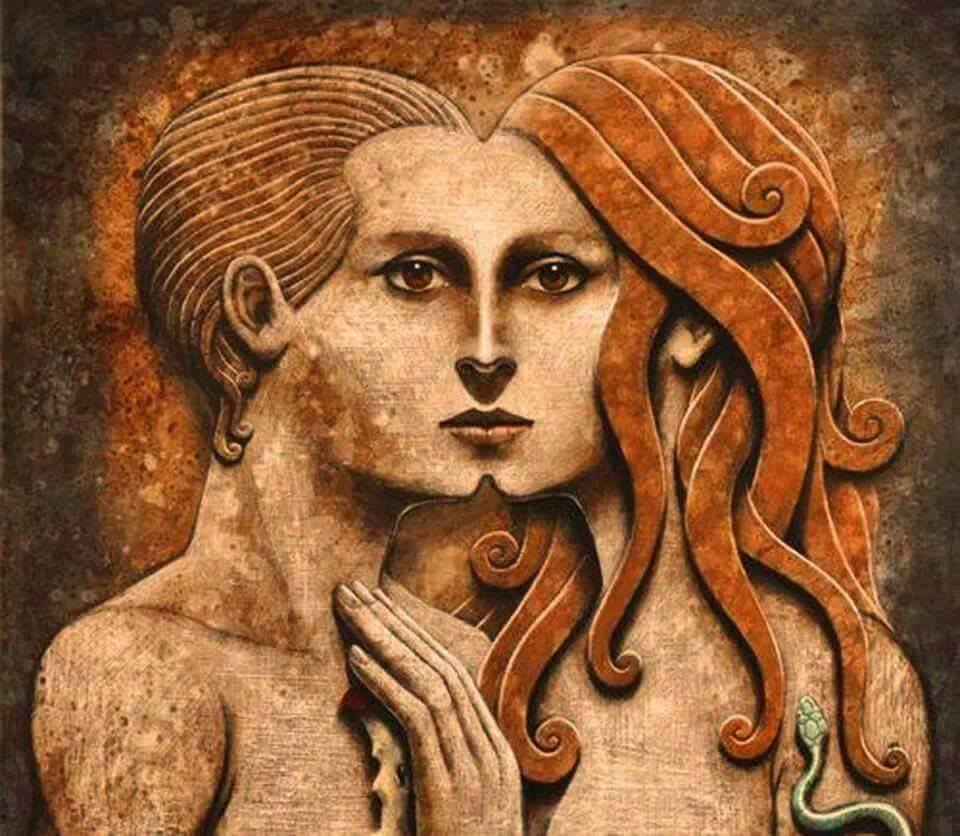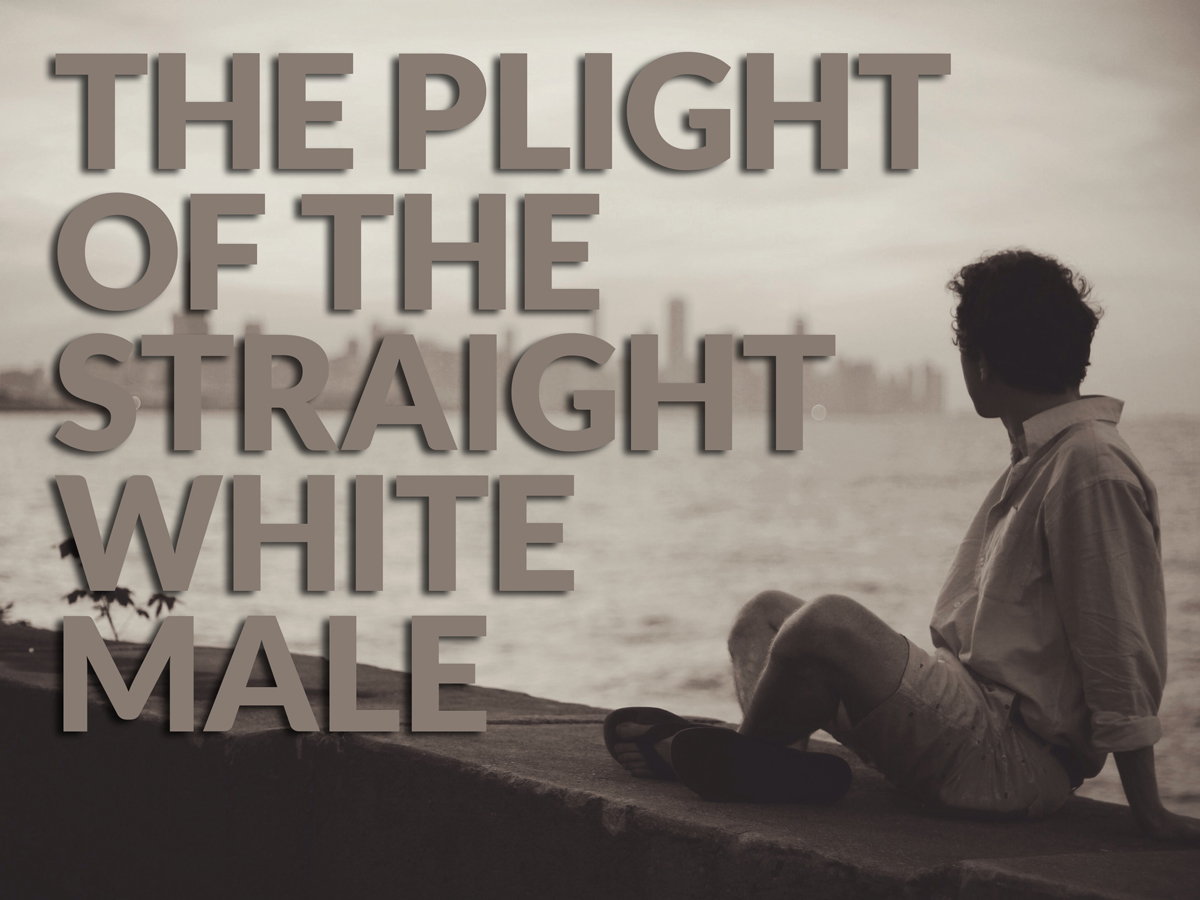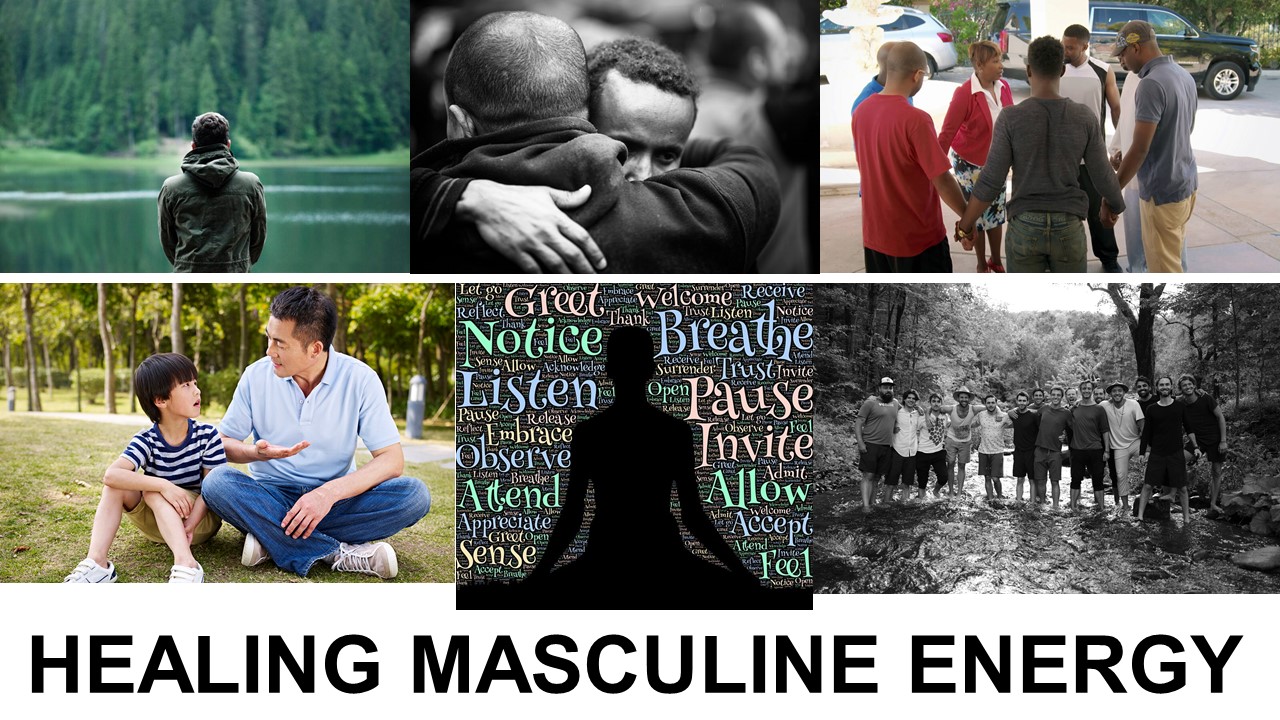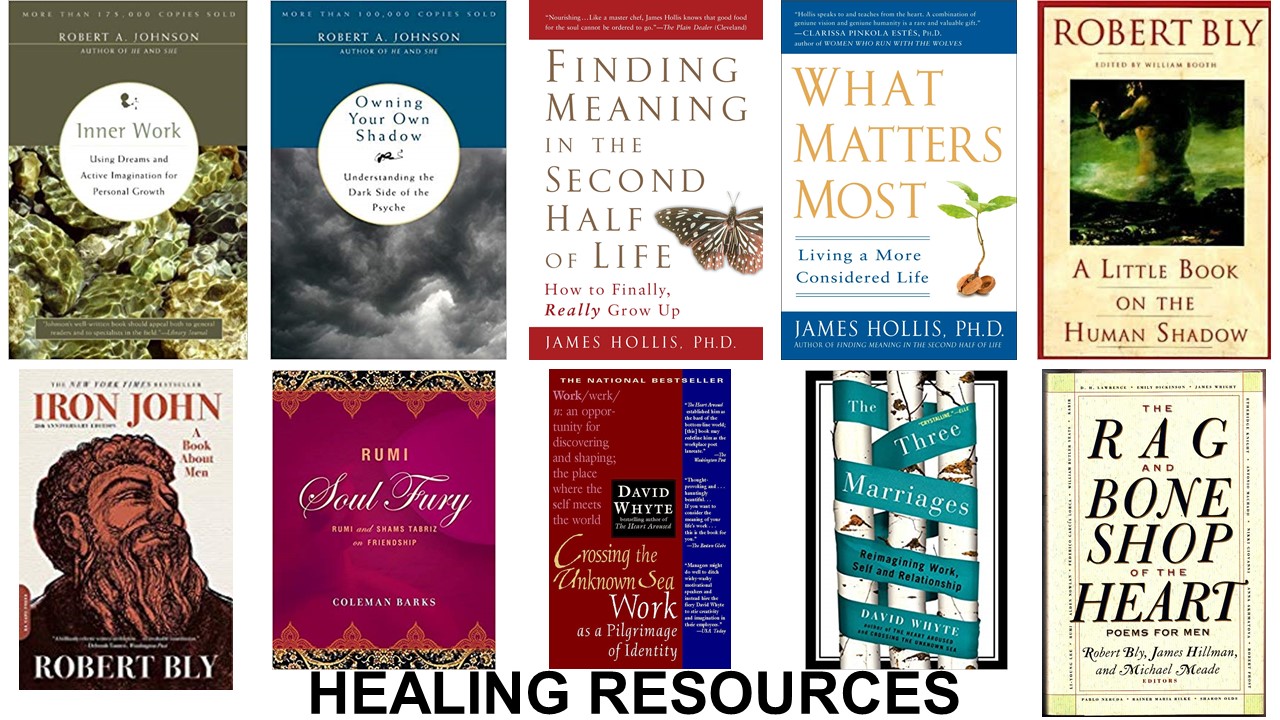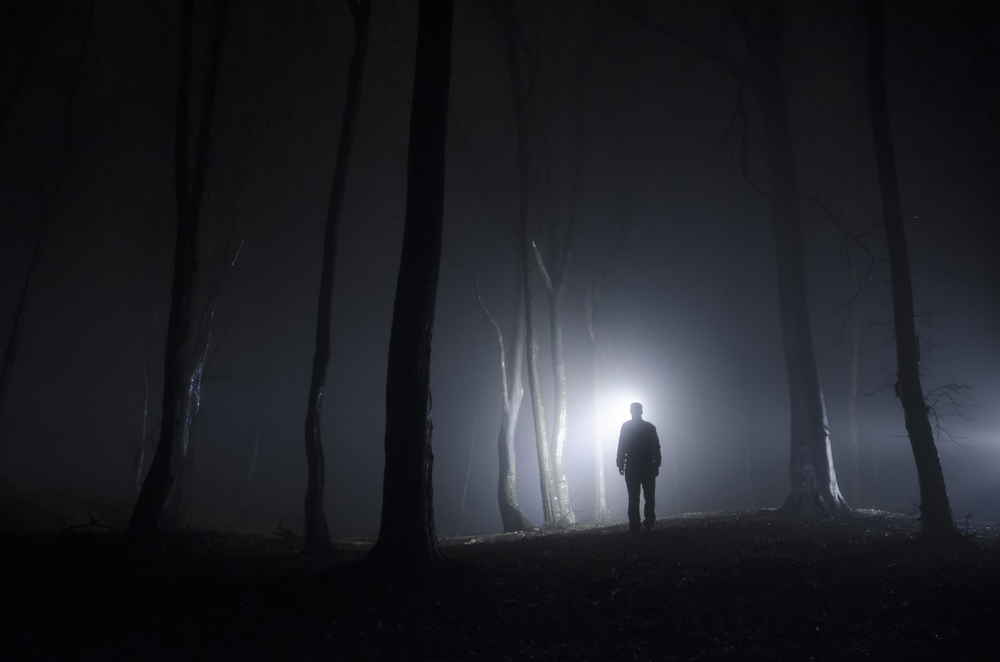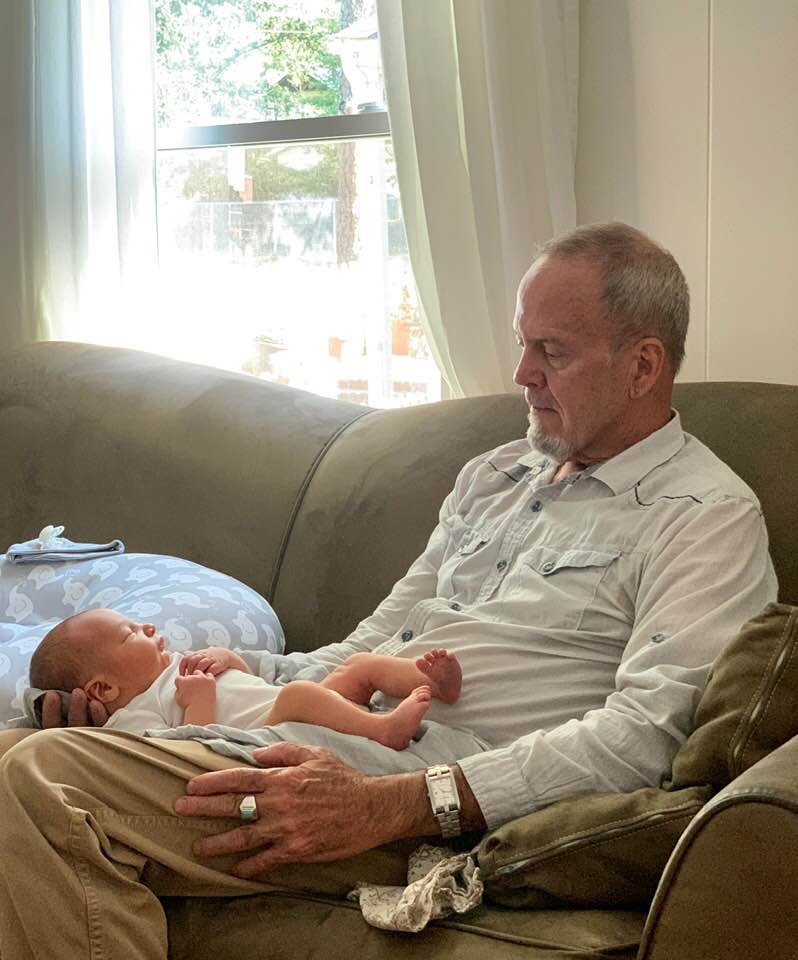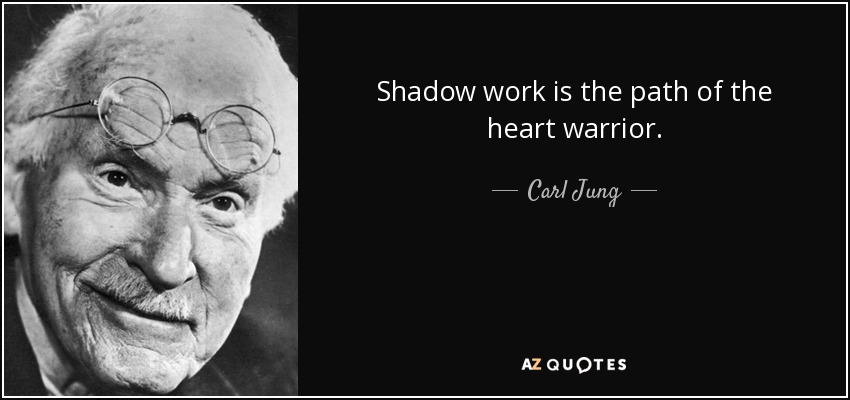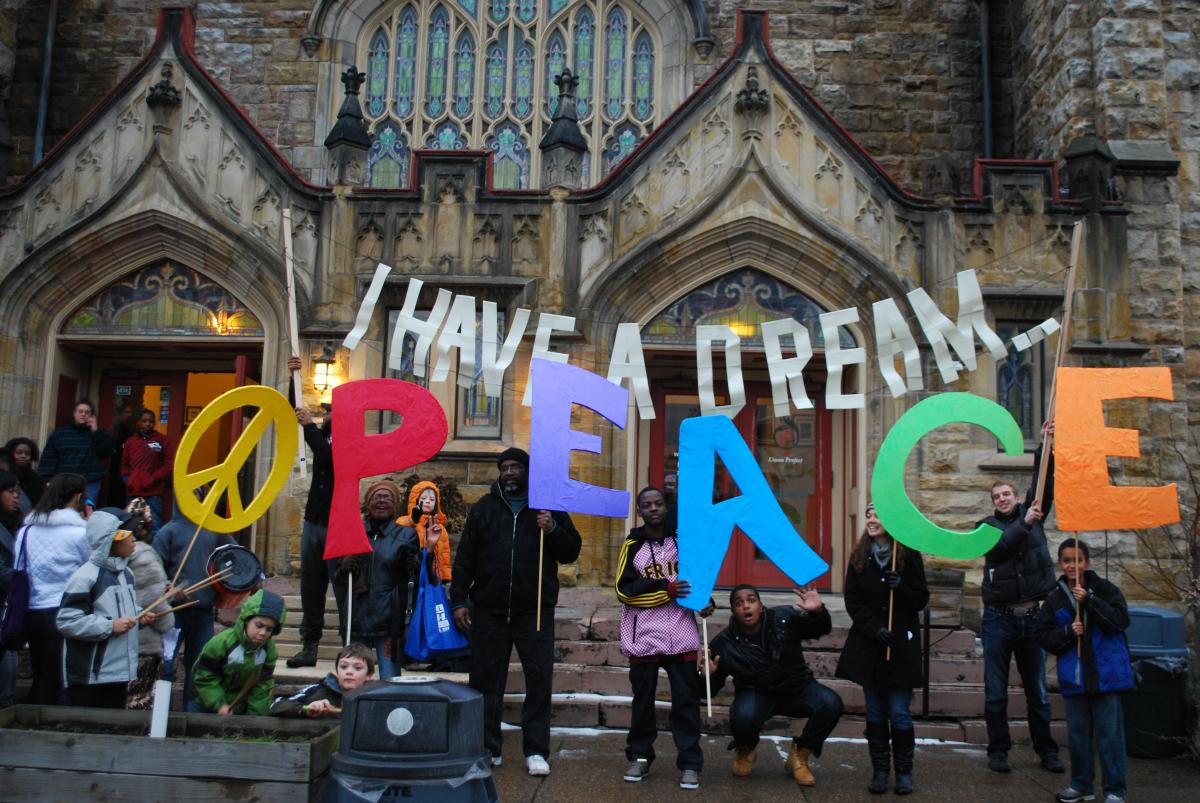ANACHRONISM: a thing belonging or appropriate to a period other than that in which it exists, especially a thing that is conspicuously old-fashioned.
“I have spent most of my career pointing out the dangers of imagining a Golden Age in the past that we should try to recapture. Nostalgia offers a warped explanation of what actually did work in the past and airbrushes out what did not. It leads to the scapegoating of those who supposedly ruined ‘the good old days’ while providing no tools for coping with the new realities that underlie contemporary challenges. That said, nostalgia often arises out of a real experience of loss. It needs to be addressed and redirected, not ridiculed or denounced.”
~ Stephanie Koontz
The death of Queen Elizabeth II has represented many things in many ways to many different people. This has ranged from deep sadness for the person, truly a mega-celebrity in the western world and beyond to anger that people are mourning not only a symbol of colonialism and oppression, but someone who directly participated in such oppression during her reign.
And there are the arguments about the continued existence of the monarchy itself. From a Spiral Dynamics (LINK) view, monarchies along with dictatorships are the governing mechanism of the Traditionalist-Blue Values System, which is no longer dominant in most of Europe. The monarchies which still exist, in Great Britain, Belgium, Sweden, Denmark and a few other countries (43 worldwide!!) are vestiges of a past which no longer exists. These countries are today functioning democracies of the parliamentary type, the monarchs now largely ceremonial with a few formal duties. This is very different from the absolute rulership held by monarchs when Blue values dominated.
Democracy is the preferred governing mechanism of the Modernist-Orange Values System, the dominant system in the west today. At the Postmodernist-Green level, consensus is valued, but there are currently no nations using such a system. As the Green system continues to emerge that will likely change at some point.
With newly emerged and evolving systems now prevalent over the Blue system, it can be said that the monarchical system of rulership is an anachronism wherever the society is centered at Orange or above on the spiral. The problem with anachronisms is that they inhibit progress toward higher level systems by their very existence – even if only ceremonial. We can see the attachment to the current anachronistic monarchy of Great Britain in the millions, if not billions who are captivated not only by this funeral, but also by all things monarchical. Taking that away would give more meaning to the parliamentary system over governance and free up quite a bit of revenue for the British people, but it would be fought tooth and nail by a sizeable portion of the population, just as all progress is.
“We are entering the long dark. I use that term not negatively at all. I use it alchemically, that certain things can only happen in darkness. We are in a time of decay, a time of collapse, a time of endings, a time of sheddings. These are necessary.
“We are seeing this last gasp effort to try to uphold the old structures. Keep capitalism going. Keep the stock market inflated. They’re all going to collapse. They have to, because the system, as you know from your work, is unsustainable. Not only in terms of world resources, but just in terms of human capacity to endure that kind of emptiness.
“The collapse is happening. I think what we have to do right now is ask ourselves and each other how do we become skillful in navigating our walk in the dark? How do we cultivate imagination? How do we cultivate collaboration? How do we cultivate fields of reciprocity with the Earth, within human and more-than-human communities, so that we’re not extracting more than what can be replenished? How do we cultivate the spiritual values of restraint and mutuality?”
~ Francis Weller
A few years ago, a minister of a rather large New Thought community told me that he wanted to update the Sunday order of service and that included removing the traditional weekly recitation of The Lord’s Prayer. As you can imagine, this was greeted with outrage (yes, outrage) by some of the members. So, he put it back in. He removed in a couple of more times over the next few years before it was acceptable to remove it permanently.
I have seen, and participated in, such instances of upset over the proposed or actual removal of an anachronism or tradition. It might be changing the music or the music director, remodeling the space, or re-striping the parking lot (I have a story about that). People get attached to what is and often don’t like things to change unless it is their idea.
Evolutionary times call for evolutionary leadership. That means leadership which helps to make change, even transformational change, to be seen as a part of the basic values system of the community. When change is seen as not just inevitable but as desirable, people respond more positively.
Letting go of things we are comfortable with is difficult. It is also a challenge to identify what may be holding us back and what may be helpful to our continuing forward. This is the essence of managing change, which itself is an inadequate term for change is often unmanageable. Evolution doesn’t care what we cherish, it is going forward with or without us. Where evolutionary forces are involved, it is true that you either change or perish.
My suggestion is this: Principles are sacred, Forms are expendable. The minister referenced above showed another principle of dealing with change – no decision is final. He removed and replaced the Lord’s Prayer several times to allow the members to get used to the change. Sometimes that is the wise course, sometimes the change needs to be made right away. But when there is fluidity in the decision-making process, we are less rigid. We must help those who are resistant to make the changes which we are all called upon to make.
These are turbulent times where old ways are fading away and new ways are emerging at a rapid pace. The cost of holding onto the old ways is high and getting more and more costly. Spiritual leaders and others must recognize that ministries must change in order to remain relevant, and in some cases to gain back lost relevance. Where I live in France, churches themselves are anachronisms – less than 1% of the population attends regularly and the buildings which are not supported by tourist donations are being sold or razed. The same is true though much of Europe. Attendance is dropping in North America, hastened by the Pandemic, but it would have happened anyway. The evolutionary imperative toward emerging newness is relentless and fighting against it is frustrating at best, fatal at worst.
We begin by recognizing and accepting what is happening. Then we turn our creative energies toward creating the new future. We learn to honor the past without letting it become an obstacle to necessary progress. That is the calling for the evolutionary leadership of today. More to come on this in future posts.
“I thought that my voyage had come to its end at the last limit of my power–the path before me was closed, that provisions were exhausted and the time came to take shelter in a silent obscurity.
But I find that thy will knows no end in me. And when old words die out on the tongue, new melodies break forth from the heart and where the old tracks are lost, new country is revealed with its wonders.”
~ Rabindranath Tagore
Copyright 2022 – Jim Lockard




